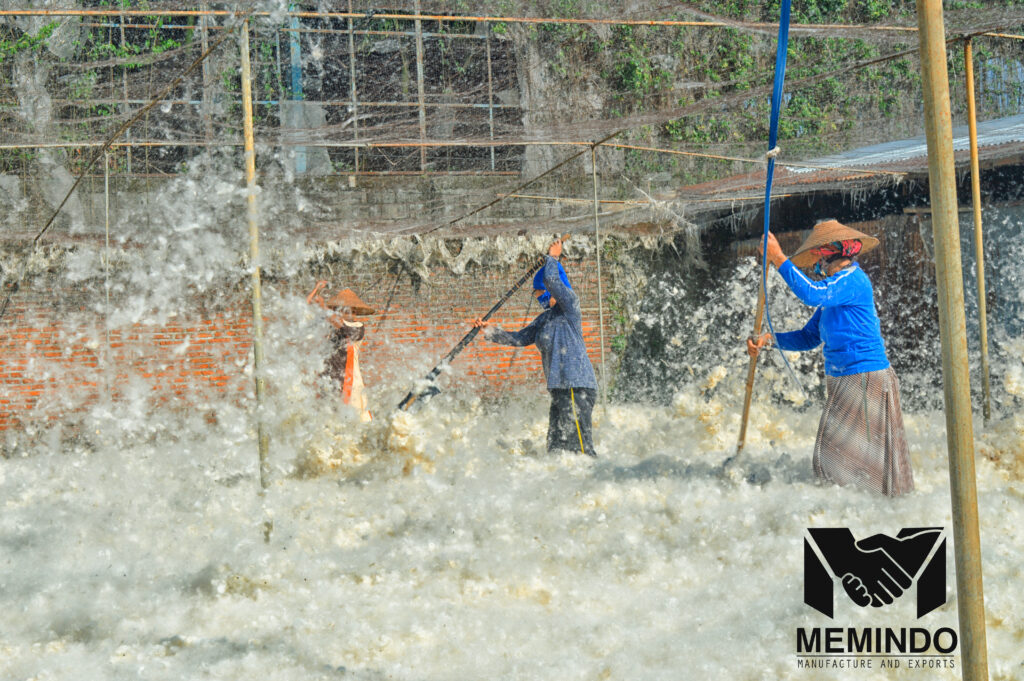Kapok Fiber: The Forgotten Treasure of Sustainable Fabrics
As the world leans towards greener and more sustainable living, kapok fiber is making its quiet comeback. Once overshadowed by more conventional materials, this unique, eco-friendly fiber is turning heads in the textile and manufacturing industries. Curious about why kapok is gaining so much attention? Let’s dive into what makes it a truly remarkable material.
What Exactly is Kapok Fiber?
Kapok fiber comes from the seed pods of the kapok tree, scientifically known as Ceiba pentandra. Native to tropical climates, the kapok tree produces pods filled with a silky-soft, fluffy fiber. While it may look similar to cotton, kapok is lighter and has distinct qualities that make it truly special.
Why Should You Care About Kapok Fiber?
- A Green Champion:
In today’s era of climate-conscious choices, kapok stands out as a natural and sustainable resource. The kapok tree doesn’t need fertilizers or intensive irrigation, and it grows in the wild. This means no deforestation or harmful practices are involved in its cultivation. The fiber is harvested without cutting down the trees, making it a renewable and environmentally friendly option. - Naturally Moisture Resistant:
Kapok has a hollow core structure, which gives it an edge in water resistance. The fibers trap air, making kapok naturally buoyant and able to repel moisture. Historically, kapok was used in life vests because of its exceptional floating ability. This makes it ideal for products where keeping moisture at bay is essential. - Hypoallergenic & Clean:
Unlike synthetic fibers or even some chemically treated natural fibers, kapok is completely natural and non-toxic. It’s also hypoallergenic, making it perfect for people with sensitive skin or allergies. Plus, its natural resistance to dust mites adds to its appeal for bedding and upholstery. - Incredibly Lightweight:
One of the reasons kapok is so loved in the bedding world is because it’s super lightweight while still providing excellent insulation and comfort. Pillows, mattresses, and cushions made from kapok feel soft, breathable, and provide a luxurious sleeping experience. - Completely Biodegradable:
We live in a world burdened by plastic waste, but kapok offers a 100% biodegradable solution. When kapok fiber is discarded, it decomposes naturally without leaving any harmful residues, making it a fantastic choice for environmentally conscious consumers.

Diverse Uses of Kapok Fiber
Kapok’s versatility is what makes it even more exciting. Here are just a few areas where this remarkable fiber can shine:
- Luxury bedding: Kapok is often used in high-end pillows and cushions for its softness and hypoallergenic properties.
- Eco-friendly clothing: It provides lightweight insulation, perfect for warm jackets or winter gear.
- Sustainable packaging: As the world moves away from plastics, kapok’s soft structure can replace synthetic fillers in packaging.
- Flotation devices: Its natural buoyancy has been utilized in making life jackets and safety equipment.
Kapok Fiber: The Future of Sustainable Fashion and Textiles?
Kapok fiber’s revival aligns with the global push for more sustainable and ethical materials. With its blend of softness, resilience, and eco-friendliness, kapok could reshape industries like fashion, home textiles, and even packaging. The future of kapok is bright as more companies and consumers seek alternatives to environmentally harmful materials.
If you’re passionate about making environmentally friendly choices, keep an eye out for kapok fiber products — they might just become your new favorite sustainable option!
Contact us
📞 : 6285933133244
📍 : Jl. Ir Soekarno, No.122, Dadaprejo, Junrejo, Kota Batu 65323

